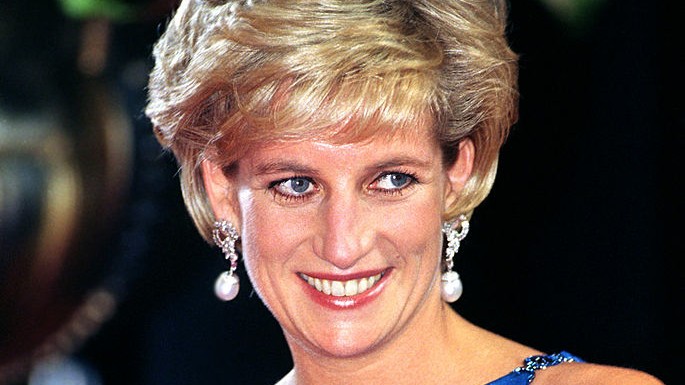Princess Diana Was “Taking Back Her Life” in the Years Before Her Death
“By the end of her life, she had changed the narrative and she had taken control of her circumstances.”


This summer, Princess Diana will have been gone for 25 years. But, though she may not be here physically, she’s never far from her sons’ thoughts: Just last month, Prince Harry told Today’s Hoda Kotb “I feel her presence in almost everything that I do now. But definitely more so in the last two years than ever before. Without question. So, she’s watching over us.”
On this day 25 years ago, Diana had three-and-a-half months to live, and we had no idea. In 1997, reports The Daily Express, Diana was “taking back her life,” a sentiment echoed by her younger brother, Earl Spencer—he said his sister was “looking for a new direction in her life” at the time of her death at just 36 in a car accident in Paris. Diana had spoken “endlessly” about leaving the U.K., he said, “mainly because of the treatment that she received at the hands of the newspapers.”
“I don’t think she ever understood why her genuinely good intentions were sneered at by the media, why there appeared to be a permanent quest on their behalf to bring her down,” he said. “It is baffling.”
After becoming the most famous woman in the world upon her marriage to Prince Charles in 1981, by 1992 the couple had separated, not long after the release of Andrew Morton’s bombshell Diana: Her True Story, then categorized as a biography, but later revealed to have had ample assistance from the princess herself.
“This was a woman that was finding her ‘out,’” said Kinsey Schofield, founder and creator of ToDiForDaily.com. “She was strategizing—some might say scheming; I say strategizing. This was not a woman who was unravelling. This was a woman who was taking control of the situation. She was taking back her life. By the end of her life, she had changed the narrative and she had taken control of her circumstances.”
Schofield points to that famous “revenge dress”—worn in 1994, deep into the Wales’ separation—as an example of Diana “taking control of her own narrative.” (Schofield, by the way, has a book coming out later this year called, appropriately, R is for Revenge Dress.)
“She figured out pretty quickly how the royal family worked, and what the dynamic was—'never complain, never explain'—never address their problems. So, when people started saying things about her that weren’t true or that she didn’t want out there, she knew that she could not get in front of a microphone and say ‘That’s not true. That’s a lie.’ So Diana developed relationships with the likes of Andrew Morton and Richard Kay. She quietly developed these relationships with people that she needed in her corner and then she would leak stories about herself to ensure that there was some balance happening within the commentary of her life.”
Get exclusive access to fashion and beauty trends, hot-off-the-press celebrity news, and more.
The Prince and Princess of Wales ultimately divorced on August 28, 1996. Just 368 days later, Diana was dead, having so much more to give.
Though there are certainly similarities in the stories of Diana and Meghan—marrying into the royal family, mistreatment by the media, the desire to leave the U.K.—it was Diana who actually handled defending herself through the press, especially in her later years, in a way Meghan could have emulated, Schofield said.
“I think that Meghan Markle could have learned a lot from Diana in this aspect,” she said. “Because Meghan talked a lot about how frustrating it was that she couldn’t defend herself—all the while, Diana did this in the background for years and came out on top.”
We only wished we had more years to see Diana continually bloom.

Rachel Burchfield is a writer, editor, and podcaster whose primary interests are fashion and beauty, society and culture, and, most especially, the British Royal Family and other royal families around the world. She serves as Marie Claire’s Senior Celebrity and Royals Editor and has also contributed to publications like Allure, Cosmopolitan, Elle, Glamour, Harper’s Bazaar, InStyle, People, Vanity Fair, Vogue, and W, among others. Before taking on her current role with Marie Claire, Rachel served as its Weekend Editor and later Royals Editor. She is the cohost of Podcast Royal, a show that was named a top five royal podcast by The New York Times. A voracious reader and lover of books, Rachel also hosts I’d Rather Be Reading, which spotlights the best current nonfiction books hitting the market and interviews the authors of them. Rachel frequently appears as a media commentator, and she or her work has appeared on outlets like NBC’s Today Show, ABC’s Good Morning America, CNN, and more.